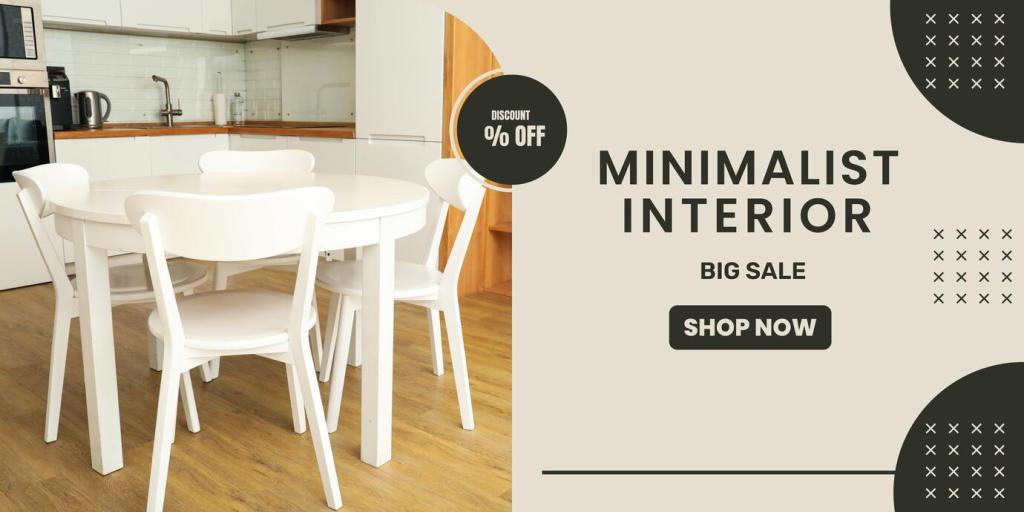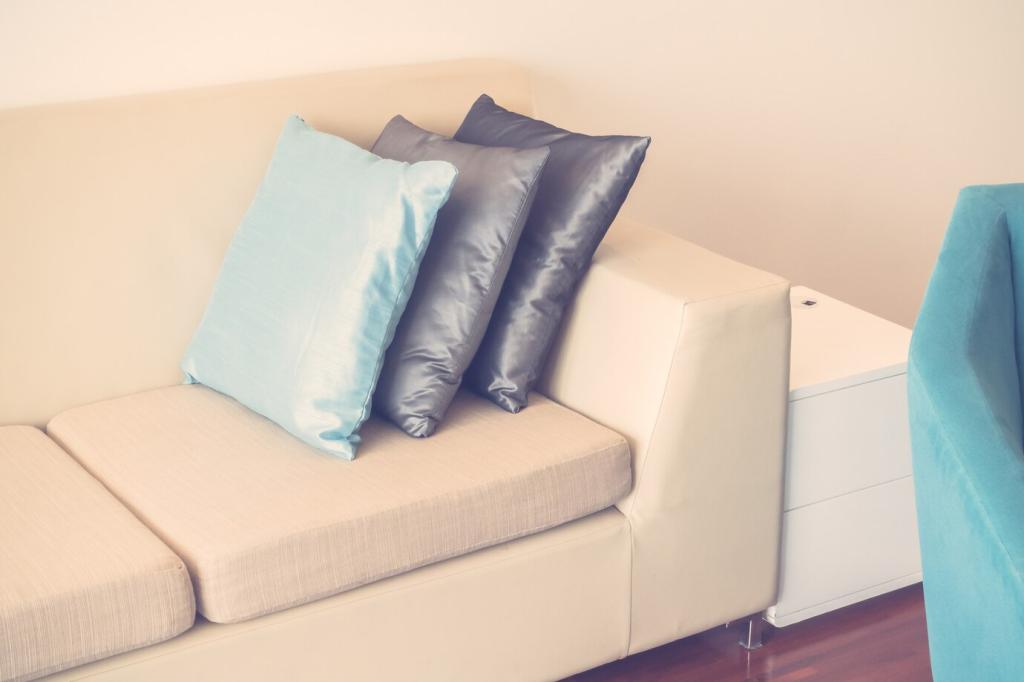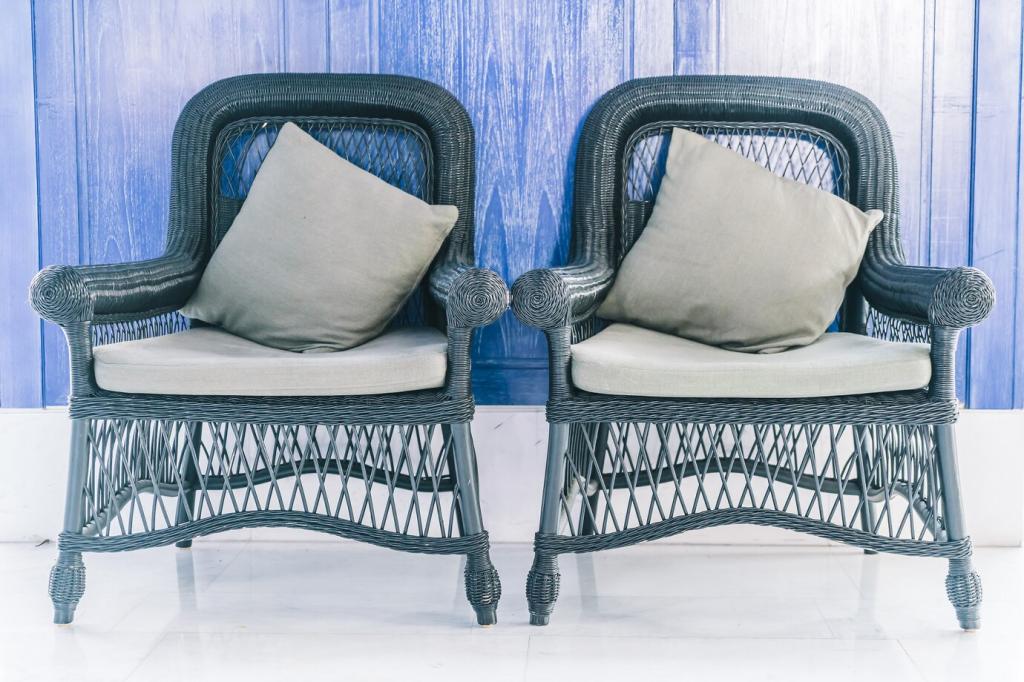Chosen theme: The Impact of Trade on Upholstered Furniture Development. Journey with us through ports, caravans, and catalogs to see how exchange shaped comfort, style, and craftsmanship. If this fascinates you, subscribe for fresh stories and share your own upholstery finds and family heirlooms in the comments.
Trade Routes and the Flow of Upholstery Materials
Printed cottons from India, velvets from Genoa, and damasks from Lyon sailed into workshops, each fabric bringing new drape, durability, and status. Their journeys rewrote what comfort looked like in parlors worldwide.
Trade Routes and the Flow of Upholstery Materials
Indigo and cochineal, traded at great risk and profit, colored upholstery with deep blues and luminous reds. Homes used these pigments to declare taste, aspiration, and connection to faraway markets.
Trade Routes and the Flow of Upholstery Materials
Horsehair from European farms met coir and kapok from tropical ports, then paired with imported steel springs. The blend lifted sitters higher, cushioned longer, and set a new global standard for comfort.
Guilds, Tariffs, and the Business of Comfort
01
Guild Adaptations to Exotic Imports
Upholsterers’ guilds in Paris and London updated apprenticeships to include working with printed calicoes, leather embossing, and resilient webbing. New materials demanded new hands, tools, and a broader professional imagination.
02
Tariffs that Changed Living Rooms
When taxes raised prices on silk and carved hardwood, upholsterers pivoted to blends and veneered frames. The living room quietly transformed, proving policy at the dockside can redesign domestic comfort inland.
03
Case Study: Paris, London, and the Navigation Acts
Restrictions funneled raw materials through imperial channels, favoring some workshops and starving others. London firms leaned on colonial cotton, while Paris doubled down on silk expertise. Comment if your city bears similar trade legacies.
Technology Transfer through Trade Catalogs and Correspondence
Portable, powerful, and persuasive, the coil spring spread via exhibitions and merchant samples. Within decades, chairs gained buoyant seats, and upholsterers standardized techniques shared in multiple languages across bustling trade fairs.

Ottoman Divans and the European Daybed
Travelers praised low, lounging divans in Ottoman salons, inspiring European daybeds meant for reading, gossip, and afternoon tea. Trade translated posture into fashion, changing how bodies met cushions at home.

Chinoiserie Tales Stitched into Damask
Imported porcelains and lacquered screens sparked fantasies woven into textiles: cranes, pavilions, and curling clouds. Upholstery turned chairs into narrative objects, where every seat whispered a map of imagined China.

Moroccan Leather, Spanish Workshops, Global Appeal
Cordovan and Moroccan leathers, prized for sheen and scent, crossed the Strait to European benches and stools. Durable yet regal, they announced cosmopolitan taste with every creak and polished surface.
Shocks to Trade and Creative Resilience
When ships halted, workshops turned to local wool, straw, and recycled linens. These substitutions blended ingenuity with necessity, creating distinct textures and teaching lasting lessons about material flexibility.
Shocks to Trade and Creative Resilience
Military research on polymers entered living rooms as foam cushions, lighter and cheaper than horsehair. Postwar trade scaled production, and comfort standards shifted again, demonstrating conflict’s strange influence on daily rest.
Modern Supply Chains and Sustainable Upholstery
FSC-certified woods, fair-trade textiles, and low-VOC adhesives travel through audited routes. Such choices shape aesthetics and stories, letting owners sit on comfort that feels better in conscience and body.
